Our Mission to Protect the World’s Forests
We are working in 60+ countries to build sustainable, rural economies—a proven strategy to keep our forests standing.... Continue Reading
Home / Issues / Forests & Biodiversity / Page 34
Forests are critical to every living thing on Earth. Not only do they give us clean air, shelter, and rain, they house 80 percent of the world’s terrestrial biodiversity. Alarmingly, humans have destroyed half of the world’s tropical forests and driven extinction rates up thousands of times higher than what is natural.
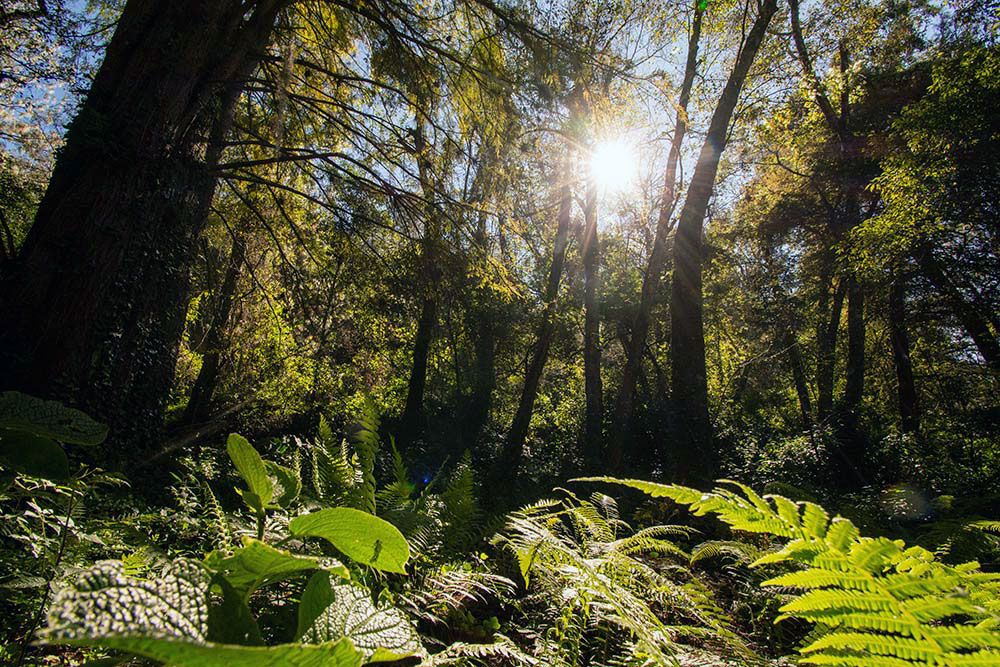
Forests are a powerful natural climate solution. As trees grow, they absorb and store carbon emissions, while releasing oxygen into the atmosphere. Conserving forests could cut an estimated 7 billion metric tons of carbon dioxide each year—the equivalent of getting rid of every car on the planet.
![]()
in the forest concessions of the Maya Biosphere Reserve, Guatemala*
In Guatemala’s Maya Biosphere Reserve, twelve community forestry concessions safeguard around 417,269 hectares of the largest and most important tropical forest north of the Amazon. These community-run concessions boast a near-zero deforestation rate—a remarkable feat given that adjacent areas suffer some of the highest deforestation rates in the Americas.
*Community forestry concessions in Guatemala’s Maya Biosphere Reserve have demonstrated a near-zero deforestation rate, since data collection began in 2000. Data accurate as of December 2019.
![]()
From 2020 through 2021, farmers we work with in the buffer zone of Indonesia’s Bukit Barisan Selatan National Park planted 45,000 trees in the area directly bordering the park. In addition, we identified 80 farms that sit in a wildlife corridor used by the critically endangered Sumatran elephant. We supported these farmers in planting species that suit the elephants’ diet.
*Data accurate as of December 2022
Together with forest and farming communities, Indigenous leaders, companies, governments, and global citizens, the Rainforest Alliance works in 58 countries to promote more sustainable land management practices while cultivating thriving rural economies—the most widely proven strategy to restore biodiversity and keep our tropical forests standing.
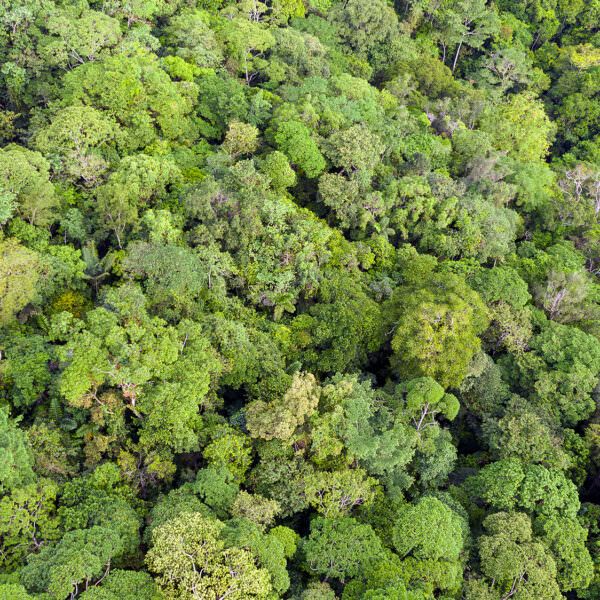
We are working in 60+ countries to build sustainable, rural economies—a proven strategy to keep our forests standing.... Continue Reading
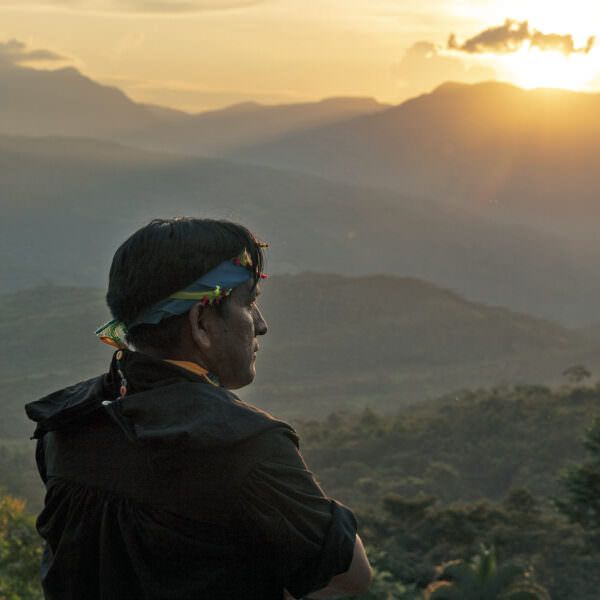
Indigenous peoples and local communities have an unsurpassed connection to the Earth's forests. ... Continue Reading
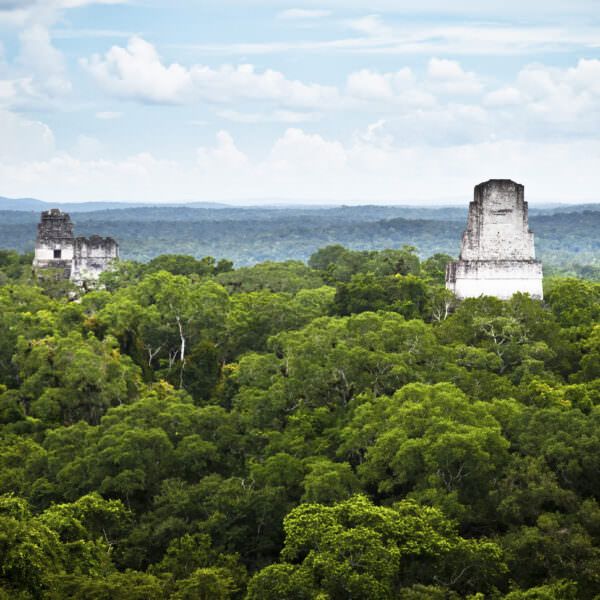
The forest concessions of the Maya Biosphere Reserve have boasted a near-zero deforestation rate for 20 years.... Continue Reading
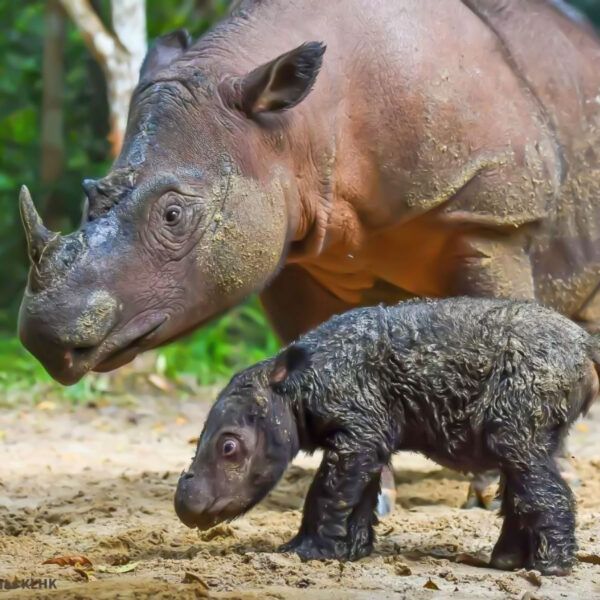
We're training coffee farmers in the Bukit Barisan Selatan National Park buffer zone to help them conserve biodiversity and improve their livelihoods.... Continue Reading

Thanks to the exceptional richness of its forest ecosystems, Cameroon occupies the fifth rank in Africa in terms of biodiversity.
Although overall deforestation rates in the region are still lower than those in parts of the Amazon and southeast Asia, they have accelerated over the past few years, driven by the establishment of large-scale agricultural and mining operations. With the aid of government agencies, large firms have been seizing swaths of land in forested areas that were traditionally...... Continue Reading

Central Africa contains the second largest expanse of contiguous moist tropical forest of the world. It represents 70 percent of the African continent’s forest cover and constitutes a large portion of Africa’s biodiversity.
In the Congo Basin, forests are home to roughly 30 million people and support livelihoods for over 75 million people from more than 150 ethnic groups. In all of the six countries, forestry is a major economic sector, providing jobs and local subsistence from timber and...... Continue Reading
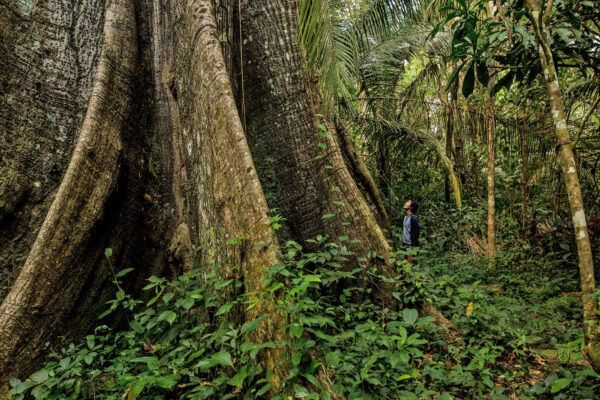
The people of Madre de Dios are sustainably managing more than 197,000 acres (80,000 hectares) of forest.... Continue Reading
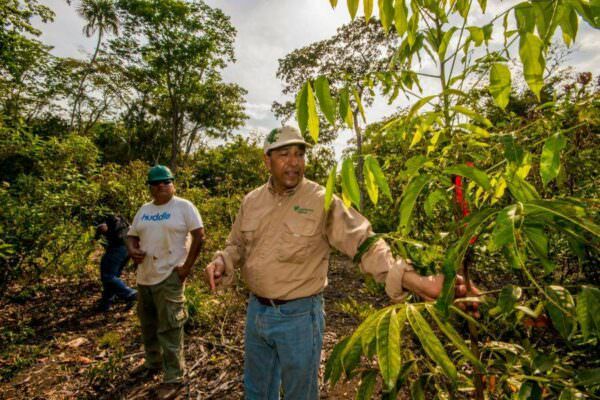
For José Román Carrera, protecting forests is a matter of life and death.... Continue Reading

This case study chronicles work undertaken with the CAIFUL forestry cooperative, situated near the indigenous Miskitu community of Brus Laguna, in the Río Plátano Biosphere Reserve, in northeastern Honduras. Home to approximately 11,000 people, Brus Laguna is one of the country’s poorest municipalities, with an annual per capita income of US$1,090. The people who call […]

A Case Study of Work with Tres Islas Native Community (Madre de Dios, Peru) The last two decades have seen a marked shift towards decentralized forest management in developing countries. Upwards of 30 percent of forests in the tropics is now under some form of local control (RRI 2014). Most of this area is located in […]